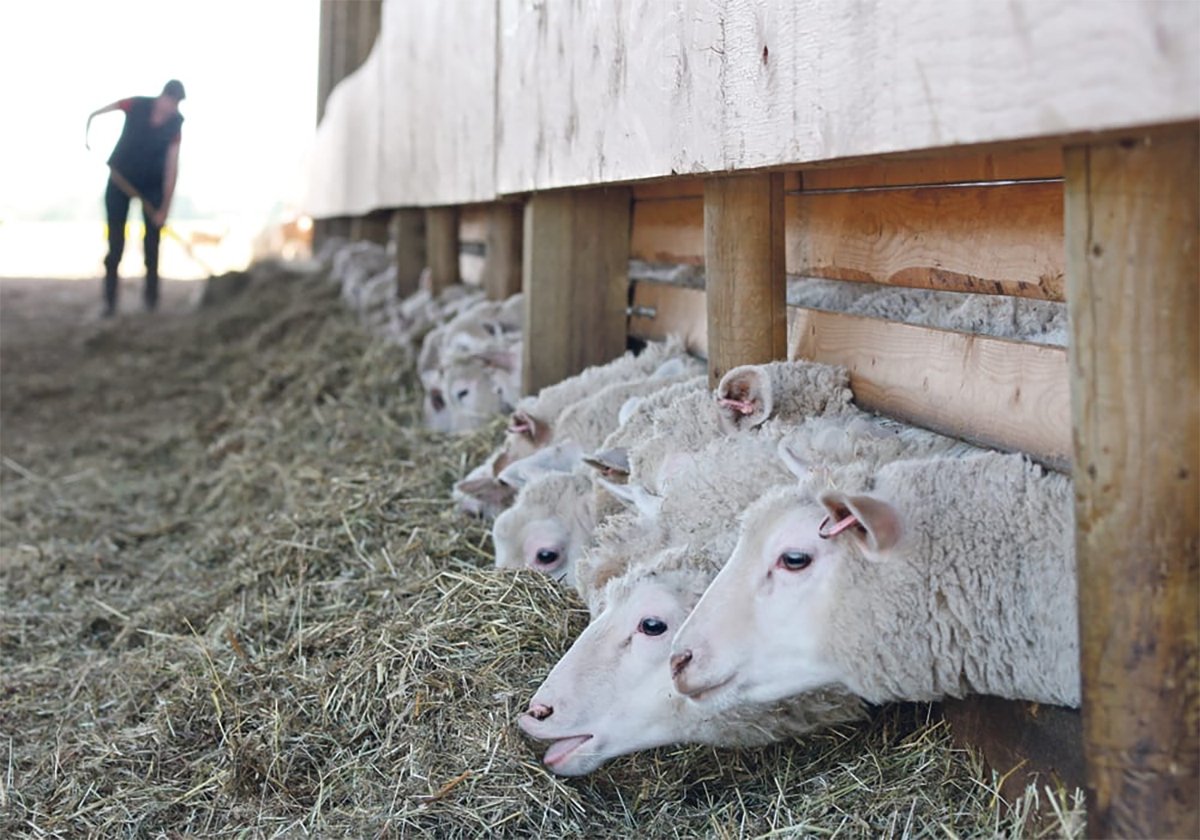SASKATOON — Cattle producers should use multiple methods to detect sick animals, says a University of Calgary veterinary medicine professor.
Edouard Timsit said producers shouldn’t rely just on pen checkers or technology. Instead, they should combine them to better determine which animals need treatment for respiratory disease.
Technology such as rumen boluses, ear-mounted thermometers, pedometers and accelerometers are all available and helpful, he said, but they don’t always indicate sickness.
Similarly, pen checkers could misinterpret a fever, lack of time at the feed bunk or lack of physical activity as sickness when it really isn’t.
Read Also

The Western Producer Livestock Report – September 4, 2025
Western Producer Livestock Report for September 4, 2025. See U.S. & Canadian hog prices, Canadian bison & lamb market data and sales insights.
Timsit has been researching early disease detection for nearly a de-cade in his native France as well as in Canada.
He said it’s natural that people would turn to technology in an effort to make treatment decisions; many now wear devices that monitor their own food intake and activity.
“Cattle are prey animals, and they have a tendency to mask any sign of sickness, especially in the presence of humans,” he said.
“So it is very difficult, if not impossible, to detect cattle early in the disease process when actually the treatment is the most effective.”
Respiratory disease in cattle is usually discovered too late, leading to prolonged treatment or death.
“Up to 35 percent of the cattle dying from BRD are dying without any treatment,” Timsit told the Saskatchewan Beef Industry Conference.
Typically, the parameters to measure health are body temperature, feeding behaviour and physical activity. Technology can measure all those things, but Timsit questioned their reliability.
He also questioned the reliability of the parameters themselves.
“It’s important to differentiate between the accuracy of a system to monitor the health parameter and the accuracy of the health parameter to actually indicate sick cattle.”
Rumen boluses are extremely accurate for detecting body temperature; the ear-mounted thermometers are not, Timsit said.
He found the thermometers detected only 46 percent of cattle with a fever, while the boluses allowed him to detect sick animals on average two days before the pen checkers.
“However, fever does not always indicate an animal that needs treatment,” he said.
Feeding behaviour can also be a predictor of sickness, but both sick and healthy animals were found to spend less time at the feed bunk when he used the technology to continually measure the animals.
Physical activity also wasn’t a good indicator.
“This is not very good news,” Timsit said. “Not at all the parameters that we can measure today are accurate alone to detect sick animals.”
That’s why looking at all three parameters, combined with technology, works the best.
“If you want to buy technology, first of all make sure that the technology is accurate, verified by a third party,” Timsit said. “Secondly, don’t believe that one health parameter would be the silver bullet.”















